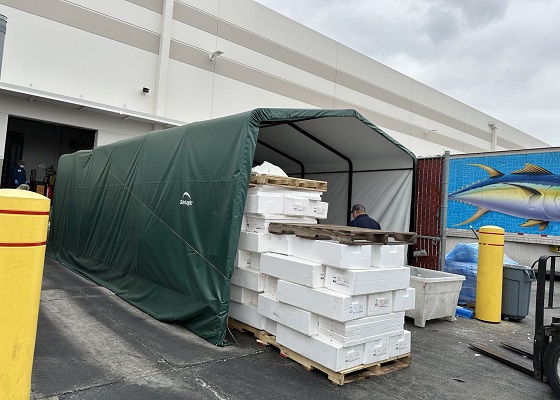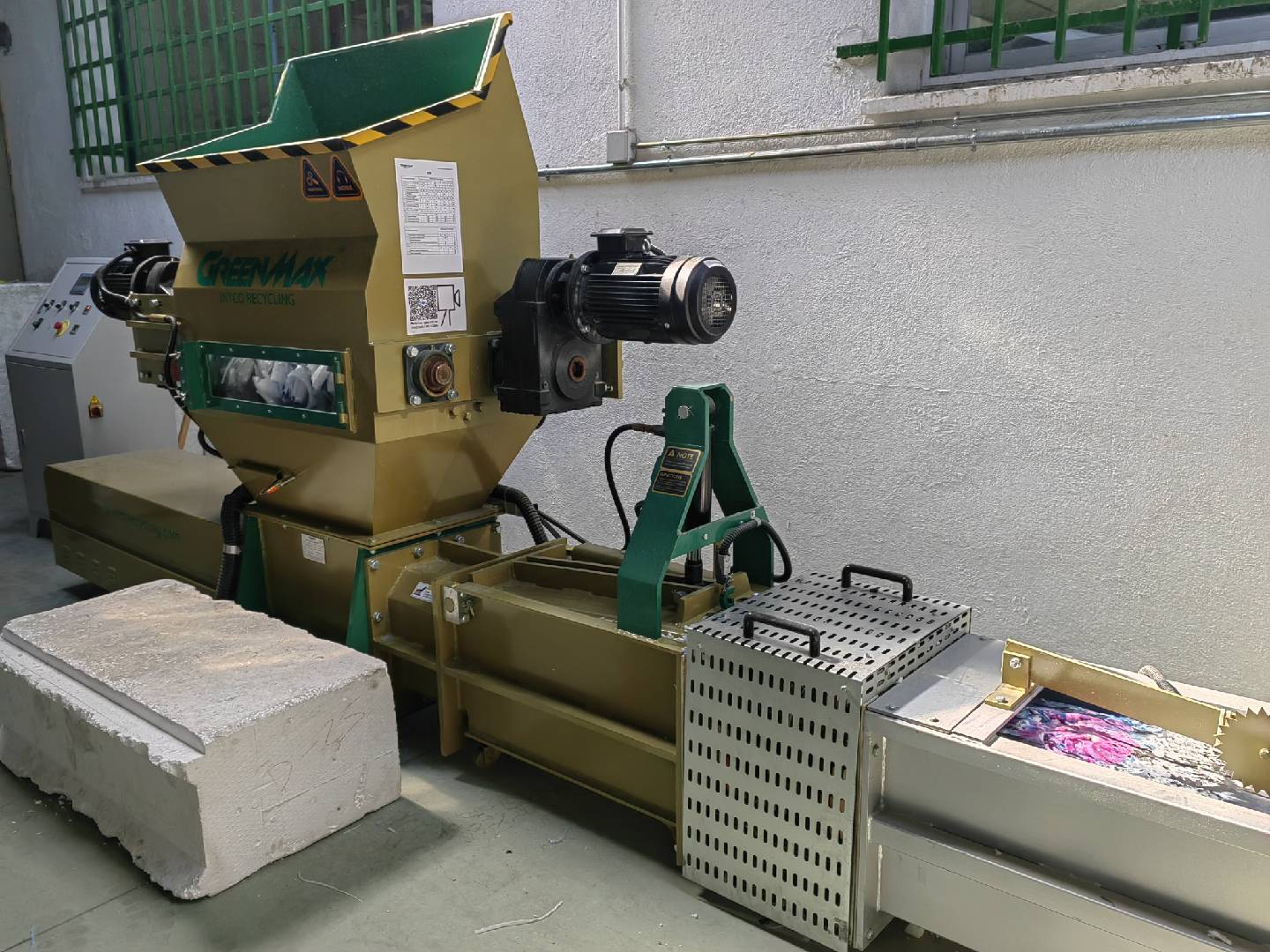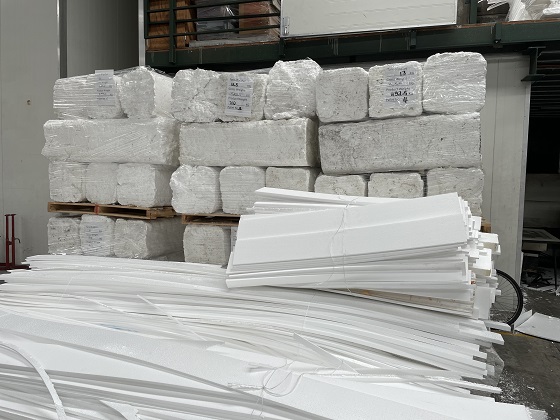Seven Frequently Asked Questions About Polystyrene Recycling
Yes. Polystyrene is 100% recyclable. However very few places actually provide the opportunity to recycle it. Because it varies in density (its structure can be as much as 98% air), it's not affordable for recyclers to collect as loose material, suggesting that any person who does wish to recycle it needs to do it themselves.
Let’s explore all the burning questions you might have when it comes to polystyrene recycling.

1. What is Polystyrene made of?
Polystyrene is a synthetic hydrocarbon made from a monomer called styrene. There are 3 types:
Solid polystyrene (PS).
Expanded polystyrene (EPS)-- which is the foam-type material.
Extruded polystyrene (XPS) which is another type of foam but has a denser structure.
Because of polystyrene light and durable construction, it's the best material to use for protective packaging. Any person who has actually bought an electric appliance will usually be greeted by a layer of polystyrene when they open the box.
Expanded polystyrene also used in the food industry as it helps to keep food fresh for longer. It's commonly for white goods, maintaining products well protected.
Expanded polystyrene commonly used for fish processing, fish is saved in the boxes as it keeps its fresh when transporting.
What you may not know polystyrene that it's also easily sterilized, indicating it makes the perfect substance for quick medical applications. Points like test tubes, Petri dishes and medical tools can all be transported within the material.
2. Where Can You Recycle Polystyrene?
As we've claimed, recycling polystyrene is not universally practiced. Many local councils do not use it as a service and will urge you to simply dispose of it in your bins ready for collection.
Nonetheless, the actual best method of disposing polystyrene is to take matters into your own hands, with a polystyrene compactor. In compacting polystyrene, you can benefit from rebates, which start from $ 500 per ton.

3. Are All Types of Polystyrene Recyclable?
The 3 kinds of polystyrene: PS, EPS and XPS, can all be recycled. The only issue that businesses face at the moment is finding a place that offers this service.
4. What Impact is Polystyrene Usage Having on the Environment?
While the impact of manufacturing polystyrene is relatively low, it still poses the exact same risk of environmental pollution that plastics do. Polystyrene takes hundreds of years to biodegrade and as a result of its brittle nature, can easily be lowered right into microplastics.
On top of that, because it's light, it's easily picked up by wind currents, meaning tiny items can be transported over long distances. Animals also can not distinguish it as a non-organic material and could mistake it for food. This means it causes a lot of troubles for bird and marine life.
As a result of these issues, several cities and countries around the world have banned general polystyrene usage.
5. Are There Any Environmentally-Friendly Alternatives to Polystyrene?
There are environmentally friendly alternatives on the market. These can be used if you're not creating a huge enough amount of polystyrene to recycle. Nevertheless, if you are creating a large quantity, it's worth thinking about polystyrene recycling machine over a change in product packaging.

6. What's the best Way to Dispose of Polystyrene?
For the most part, local waste solutions supplied by councils won't recycle polystyrene, which means if you can't do it on your own, you'll need to send it to landfill.
Nevertheless, the real best method of disposing polystyrene is to invest a polystyrene recycling machine. In compacting polystyrene, you can also take benefit of rebates, which start from $ 500 per ton.
7. How is Polystyrene Recycled?
Is polystyrene recyclable? The very best method to recycle polystyrene is when companies invest in polystyrene compactors. Waste polystyrene is loaded into the compactor, which after that uses pressure to 'small' the waste into blocks. This means that the polystyrene is being compressed at a 50:1 ratio.
Now, blocks can be created in several sizes, depending on the model and are easy to transportation. These blocks are a very valuable commodity for the producers of plastic pellets. At this moment, they can be generally utilized to create plastic insulation sheets and even daily items such as clothes hangers, flower pots or picture frameworks.
Learn More About Polystyrene Recycling and Waste Management, Click here and contact us now.
